Introduction to the principle, characteristics and usage of the siphon pot what kind of coffee beans are suitable for cooking?
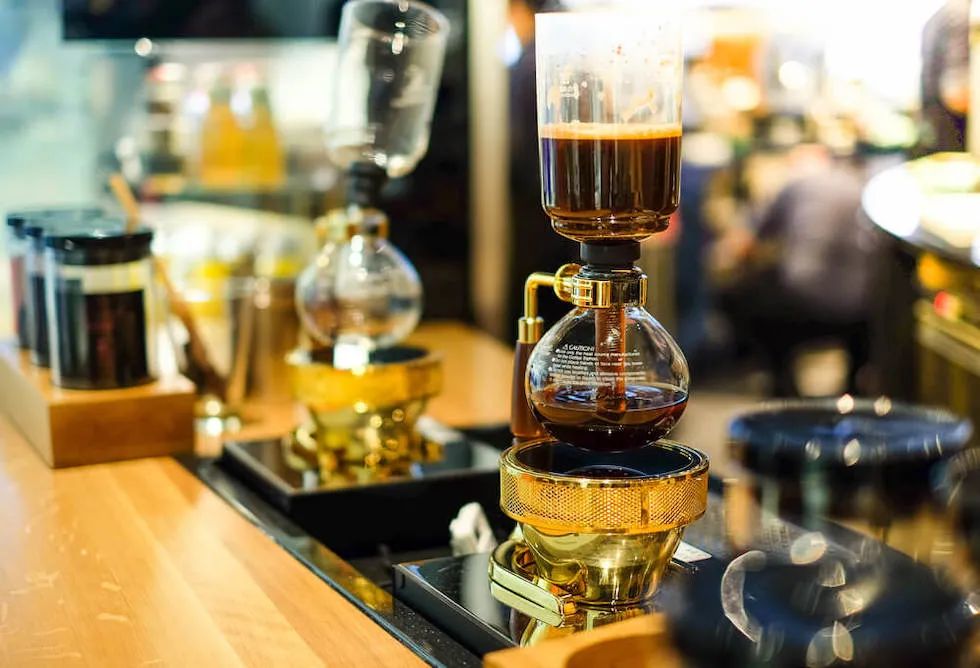
Siphon pot coffee in many people's impression, just like the unique shape of chemical appliances, and always appear in the film and television works with a sense of age, giving people a sense of mystery. Qianjie as a coffee industry practitioners, of course, the most important thing is the use of siphon pot and brewing coffee flavor characteristics.
Structure, Extraction and Principle of Siphon Pot

The general structure of siphon pot can be divided into upper pot, lower pot and bracket. The bracket is connected to the lower pot for fixing and supporting. The lower pot is roughly a sphere, so that when heated, the heat will be evenly distributed. The upper pot is cylindrical, and the bottom is contracted to extend a slender conduit. There will be rubber ring treatment at the contraction. When the upper pot is placed on the lower pot, the rubber ring will play a sealing role. At this time, when the lower pot is heated, the water is heated to generate water vapor, and the lower pot generates pressure to suck the water into the upper pot. The upper pot is where the coffee powder comes into contact with the water. When the heating source disappears, the coffee liquid returns to the lower pot, and the siphoning is complete.
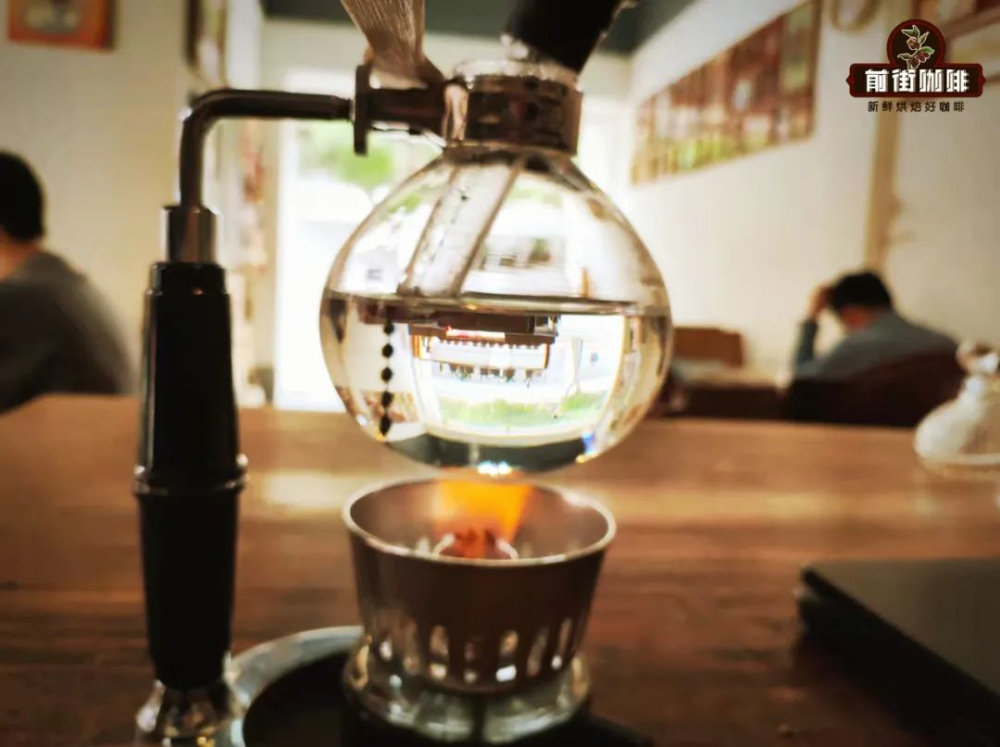
Heat sources generally have alcohol lamps, gas stoves and halogen lamps these three kinds, front street here is used alcohol lamps. Coffee filter equipment is mainly divided into flannel filter cloth and round filter paper two kinds. Flannel is a more traditional siphon filter material, which is characterized by the ability to retain the grease in coffee, the disadvantage is that it is more troublesome when used and washed. Filter paper is a new filter material, characterized by relatively clean filtration, some fine things (including but not limited to grease) can be blocked. If you only drink it personally, the frequency of brewing coffee will not be too frequent. Front Street recommends using flannel, which can fully experience the taste of siphon coffee. A bead attached to the strainer prevents sudden boiling when the upper pot is inserted into the lower pot, and can also judge the temperature of the water by the small bubbles around the bead. In addition to the siphon pot set, heating equipment, making siphon coffee also requires stirring spoons and wet wipes.
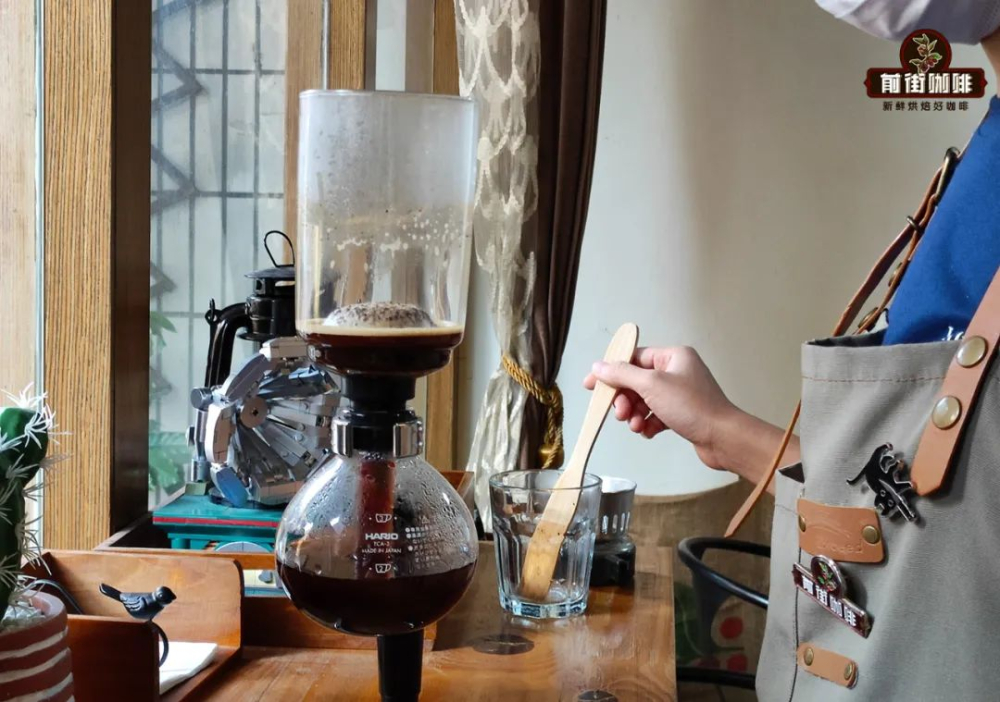
The extraction principle of siphon pot is realized by pressure difference. First, the water in the lower cup is heated to boiling, and then inserted into the upper pot, so that the lower pot presents a high pressure state. Due to the pressure difference between the lower pot and the upper pot, the hot water goes up and mixes with the coffee powder in the upper pot and extracts it. After the extraction process is over, the fire source of the lower pot is removed, so that the pressure difference between the lower pot and the upper pot is instantly reduced, and the siphon between the upper pot and the lower pot will promote the coffee extract to flow back to the lower cup. If you want to speed up the coffee extract reflux, you can wipe the lower pot with a wet cloth, which will make the pressure difference between the upper and lower pots smaller and the coffee extract reflux faster.
How to use siphon pot
To make a good cup of siphon coffee, you still need to pay attention to some brewing details. Here, the front street selects its own roasted Brazilian Queen Manor coffee beans to demonstrate how to operate.
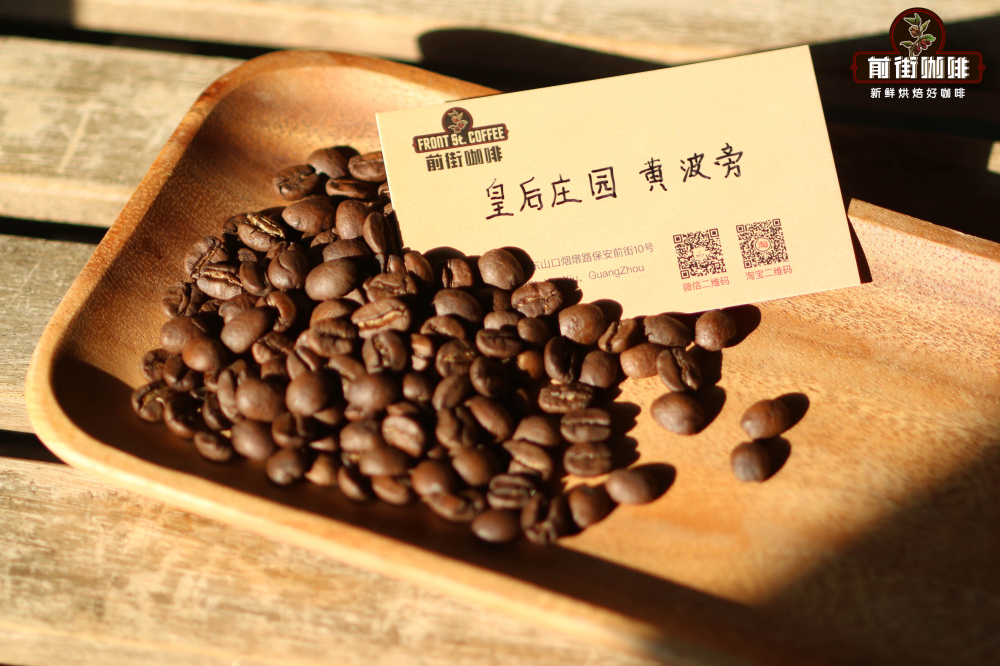
Water temperature: 88℃
Grinding degree: No. 20 sieve pass rate 90%
Powder: 18 g
Powder water ratio: 1:10
1. Pour 180ml of warm water into the lower pot and dry the pot with a dry cloth (to avoid bursting the pot when heated). Light the alcohol lamp and heat it at the bottom of the pot.
2. Take out the upper pot of the siphon pot, fix the filter cloth on the upper pot and hang the fixing hook on the glass conduit wall at the bottom of the upper cup, and insert it into the lower pot obliquely.
3. Observe the lower pot. When there are continuous small bubbles in the lower pot, you can straighten the upper pot and insert the upper pot vertically into the lower pot, so that the upper pot and the lower pot are seamlessly connected.
4. When the water from the bottom pot rises to the top pot, pour in the ground coffee and stir it clockwise from the center with a stirring rod for 10 seconds to ensure that all the coffee powder is immersed in the water.
5. Then start timing, after 40 seconds, re-use the stirring rod to start stirring the coffee clockwise, stirring time is 5 seconds; then quickly remove the alcohol lamp and put out the fire, the coffee liquid begins to flow back from the upper pot to the lower pot; in the process of coffee reflux, you can use a damp cloth to wipe the lower pot of the siphon pot, which can speed up the coffee reflux speed. The total extraction time was approximately 1 minute and 10 seconds.
6. Then gently remove the upper pot, pour the coffee liquid from the lower pot into the cup, and you can taste it. The siphon coffee made in this way is very fragrant, although not as clean as the hand-brewed coffee, but the floating oil on its surface adds a lot of mellow feeling.
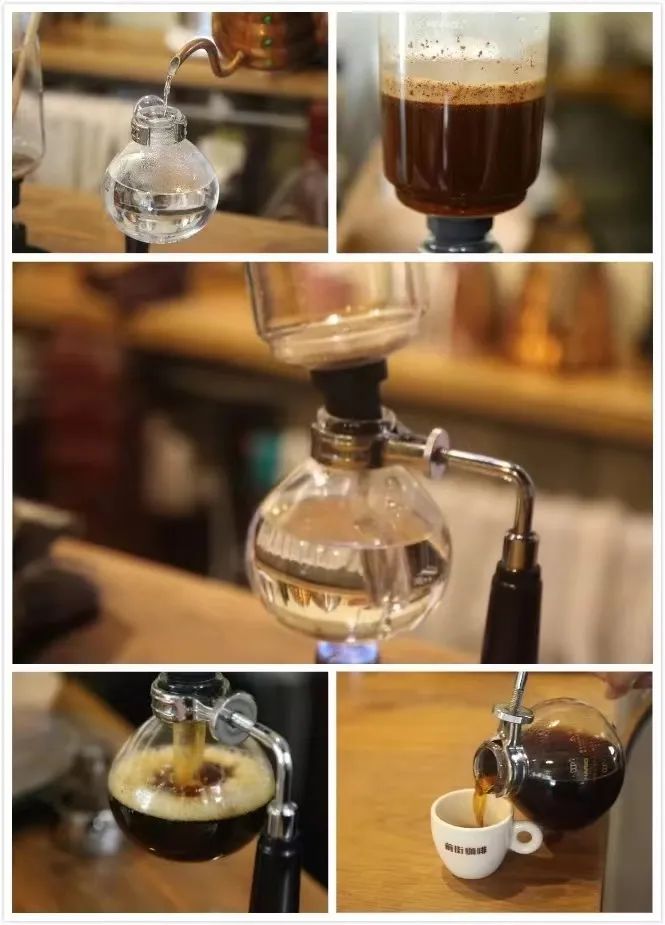
What coffee beans are suitable for siphon pot?
In the past, because we mainly pursue rich and mellow coffee flavor and taste, most of the coffee beans used in the siphon pot are medium and deep roasted, and the extracted siphon coffee has both strong and mellow aroma and round and balanced taste. If you're looking for this type of flavor, Jamaica Blue Mountain Coffee, Gold Mandrine Coffee, Brazilian Queen Manor Coffee, Papua New Guinea Bird of Paradise Coffee and other popular items on the Front Street Bean List are all very suitable for using siphon pots.
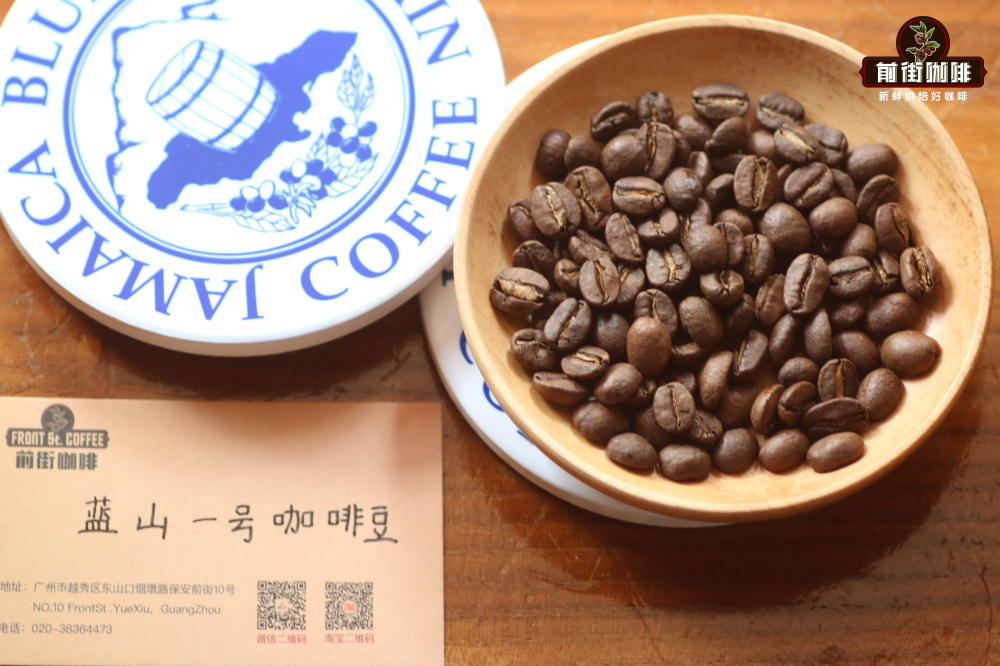
Nowadays, as everyone pursues more refined flavors of coffee, there are more and more choices on the market. In addition to the several mentioned above, more than 50 single coffee beans on the front street can be used to make siphon coffee. Here Qianjie recommends several classic flavor coffee beans to everyone, you can choose according to your favorite.
Tropical fruit, refreshing, sweet and sour, sun-dried red cherry coffee beans.
Front Street This sun-dried Ye Jia Xue Fei coffee beans were originally used for hand infusion in the form of drip brewing, the ripeness of the coffee cherry remains intact pulp dried in the sun, the core absorbs a lot of pulp sugar, coffee shows a very high sweet feeling, fruit flavor is very strong. When Qianjie daily extracts sun-dried red cherries in the form of hand-washing, you can drink obvious ripe fruit sour and sweet, reminiscent of red berries, with the flavor of fermented tea at the end. Using siphon pot extraction, black coffee presents a ripe fruit taste, pleasant sour and sweet taste, almost no bitterness, taste like a cup of fruit tea feeling.
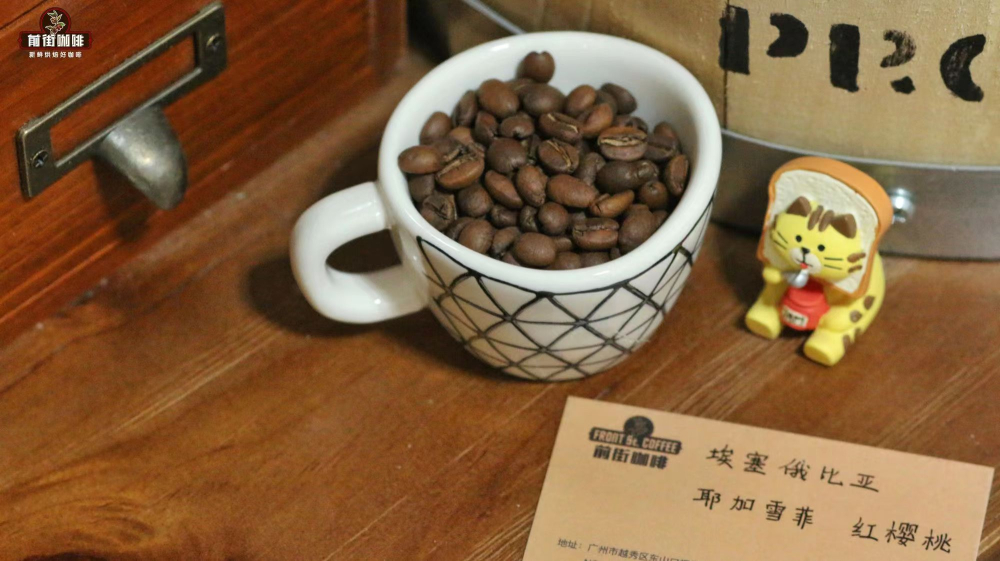
Fermented fruity Costa Rican Mozart coffee beans
Raisin honey treatment is to retain coffee 100% pectin and zero water treatment method, mature and full fruit in the drying before retaining the pectin layer for closed fermentation, so that the sweet taste of coffee beans to maximize. Front Street This coffee bean presents rich rose floral, raisin and white wine sweetness when brewed. Coffee brewed in siphon pot presents full tropical fruit sour and sweet taste, round and sweet and sour pleasant.
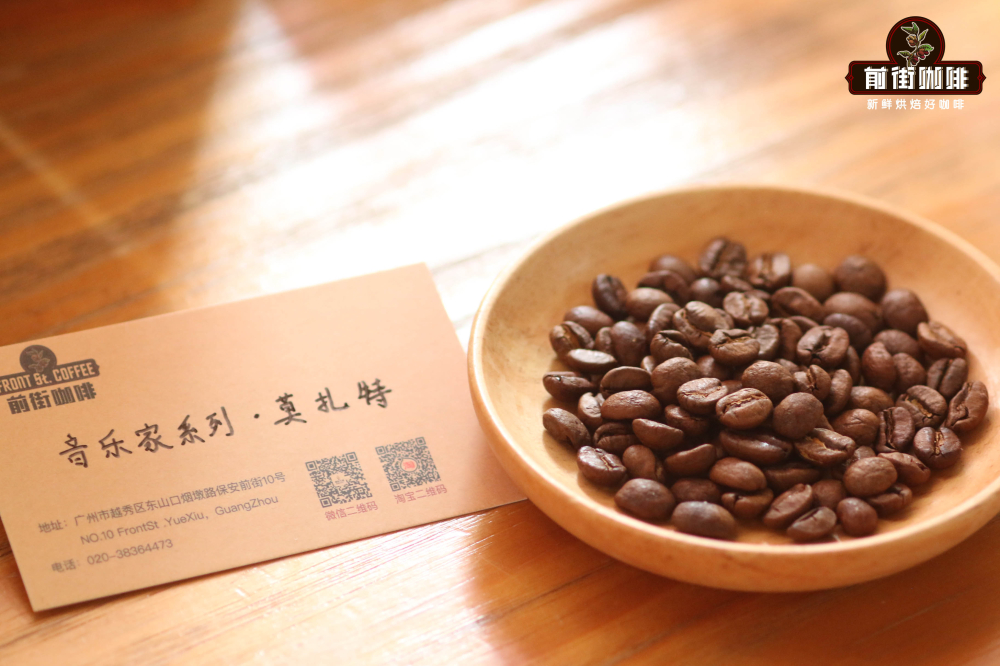
Refreshing floral fragrant Ethiopian inflorescence TOH washed champion coffee beans
This coffee bean is produced in Ethiopia's Gujiuraga region, which is a fertile black soil. The coffee bean produced has a rich fruit aroma. It is washed to highlight the clear floral and citrus flavor of coffee. Front Street's hand-brewed coffee made with this coffee bean presents jasmine, citrus, grapefruit fragrance. Siphon coffee will be made into more rounded green tea flavor, increase the overall mellow feeling and cleanliness.
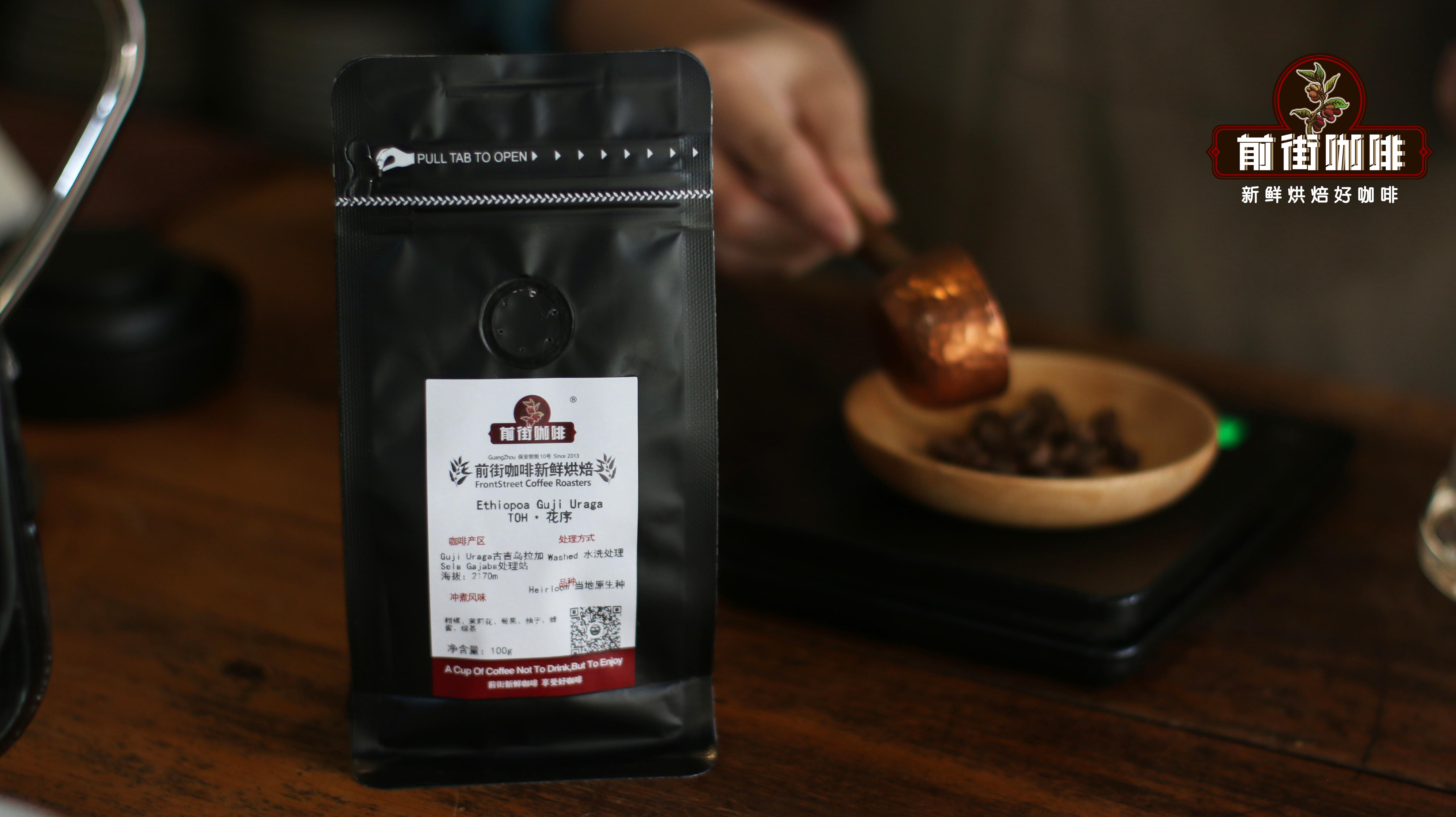
Professional coffee knowledge exchange More coffee bean information Please pay attention to coffee workshop (Weixin Official Accounts cafe_style)
More fine coffee beans, please add private WeChat Qianjie Coffee, WeChat: qjcoffeex
Important Notice :
前街咖啡 FrontStreet Coffee has moved to new addredd:
FrontStreet Coffee Address: 315,Donghua East Road,GuangZhou
Tel:020 38364473
- Prev
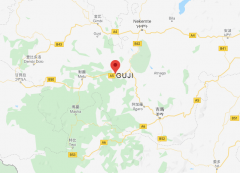
Characteristics of coffee beans in Guji producing area of Ethiopia flavor characteristics of Guji water wind chime coffee
About Ethiopia Guji Ethiopia is the birthplace of coffee and geisha coffee and the largest exporter of coffee in Africa. In addition, it is the oldest coffee drinking country. Guji is located in southern Ethiopia, and the coffee growing area is around the Great Rift Valley of East Africa. The territory is covered with towering mountains and changeable terrain. Geology belongs to volcanic soil with fertile nutrients and good drainage.
- Next
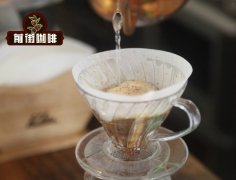
The Secrets of hand-brewed Coffee the reasons for the failure of extraction process of hand-brewed coffee and its improvement
Prepare the necessary tools for extraction before starting the extraction and grind the coffee beans back to room temperature. Fold the coffee filter paper and put it into the filter cup. Pour the exact amount of coffee powder into the filter cup. Boil hot water. Pour the hot water into the hand flushing pot and fill it with eight minutes to facilitate stable water injection. In order to maintain the temperature, pour hot water from the hand flushing pot to the coffee pot and coffee cup, warm the pot and hot the cup, so as to stabilize the hand flushing.
Related
- Beginners will see the "Coffee pull flower" guide!
- What is the difference between ice blog purified milk and ordinary milk coffee?
- Why is the Philippines the largest producer of crops in Liberia?
- For coffee extraction, should the fine powder be retained?
- How does extracted espresso fill pressed powder? How much strength does it take to press the powder?
- How to make jasmine cold extract coffee? Is the jasmine + latte good?
- Will this little toy really make the coffee taste better? How does Lily Drip affect coffee extraction?
- Will the action of slapping the filter cup also affect coffee extraction?
- What's the difference between powder-to-water ratio and powder-to-liquid ratio?
- What is the Ethiopian local species? What does it have to do with Heirloom native species?

